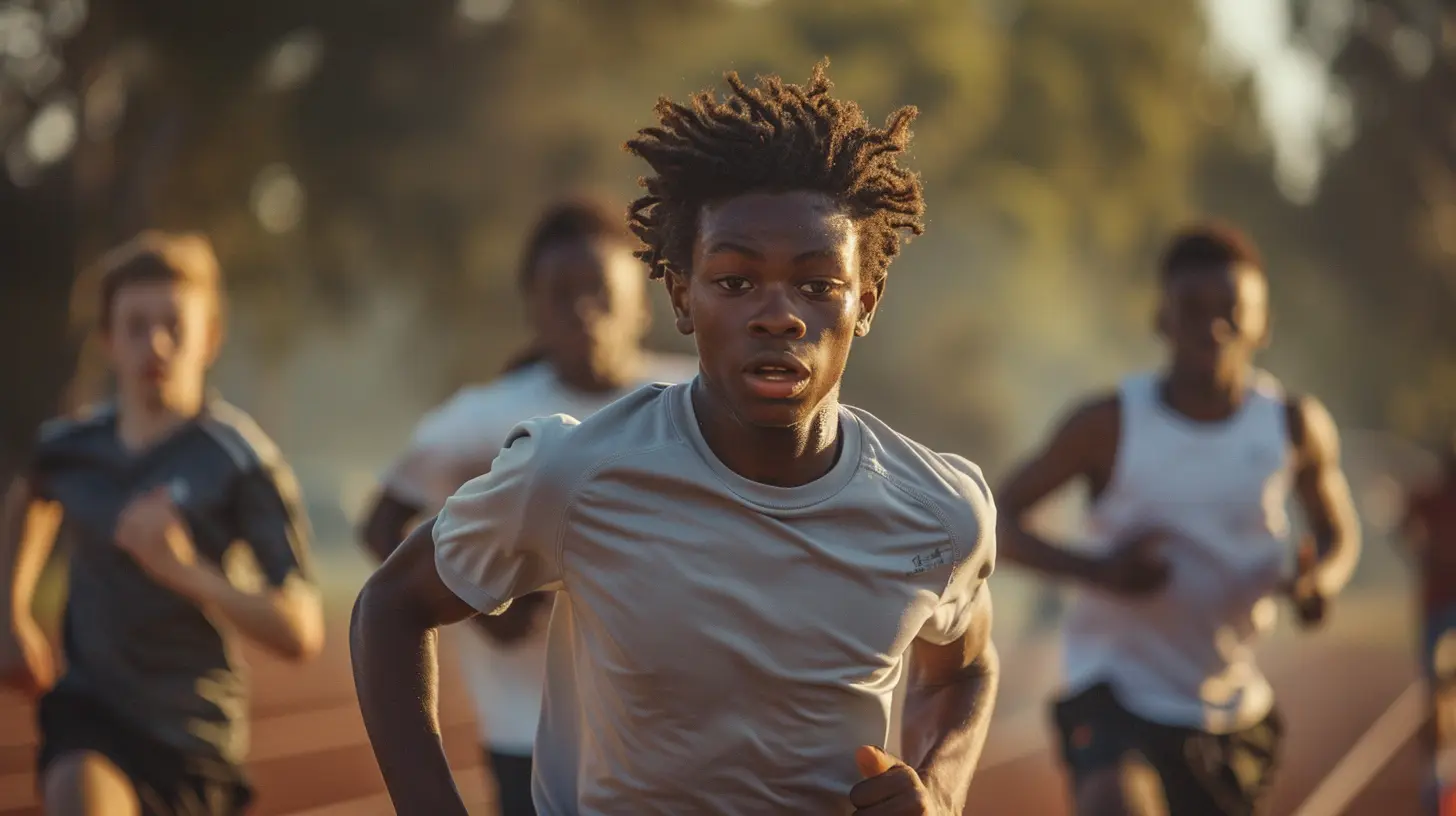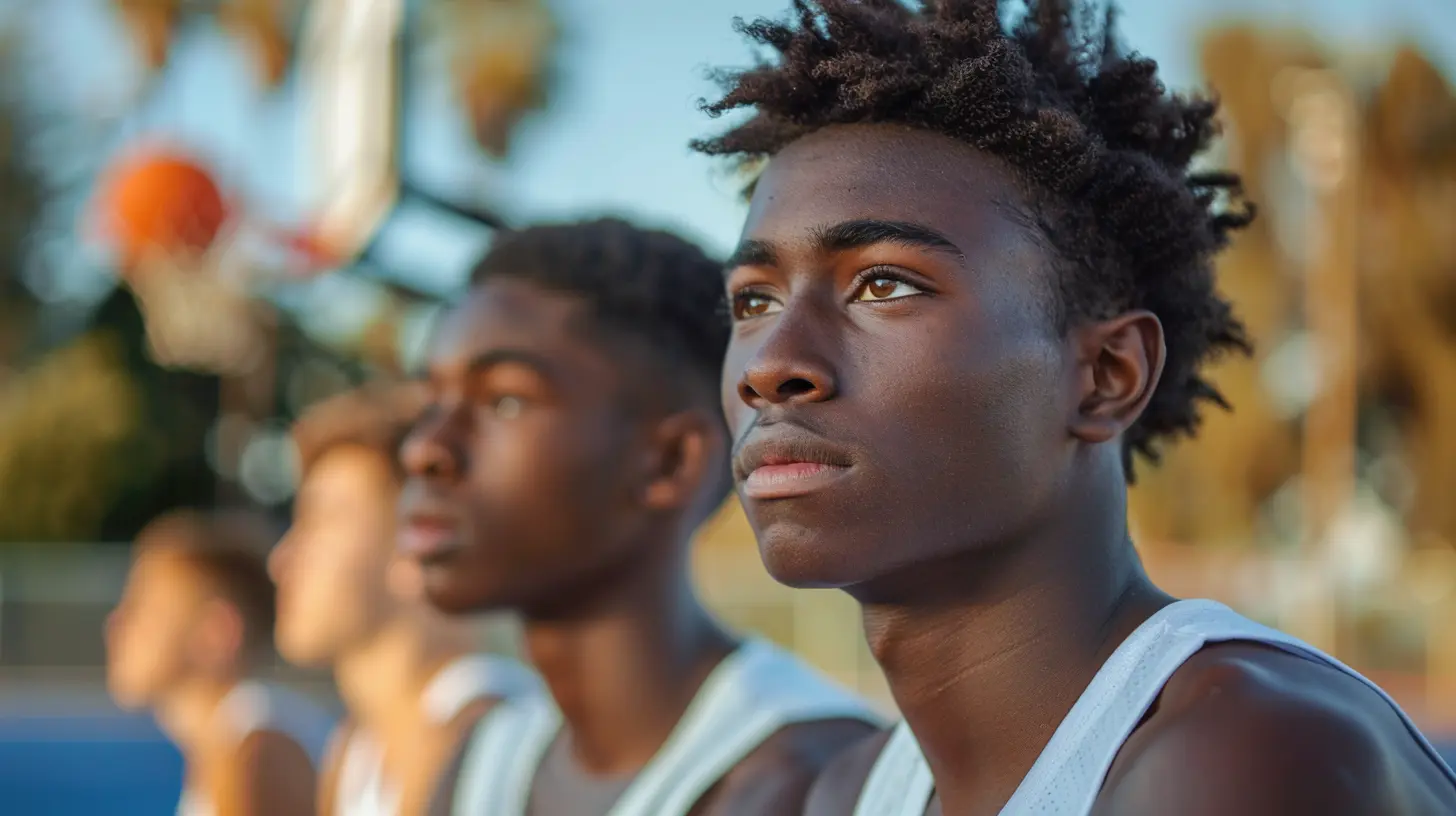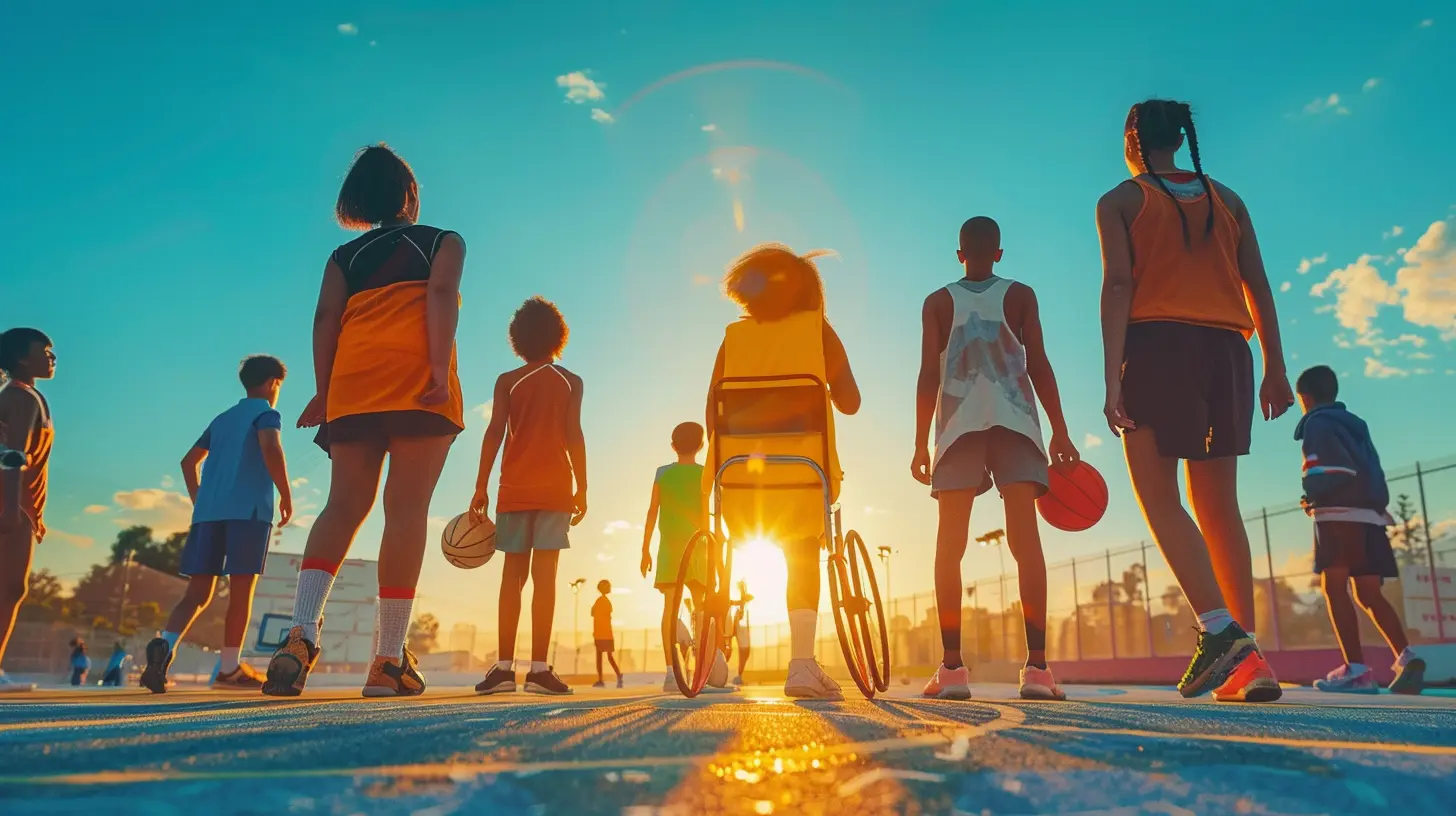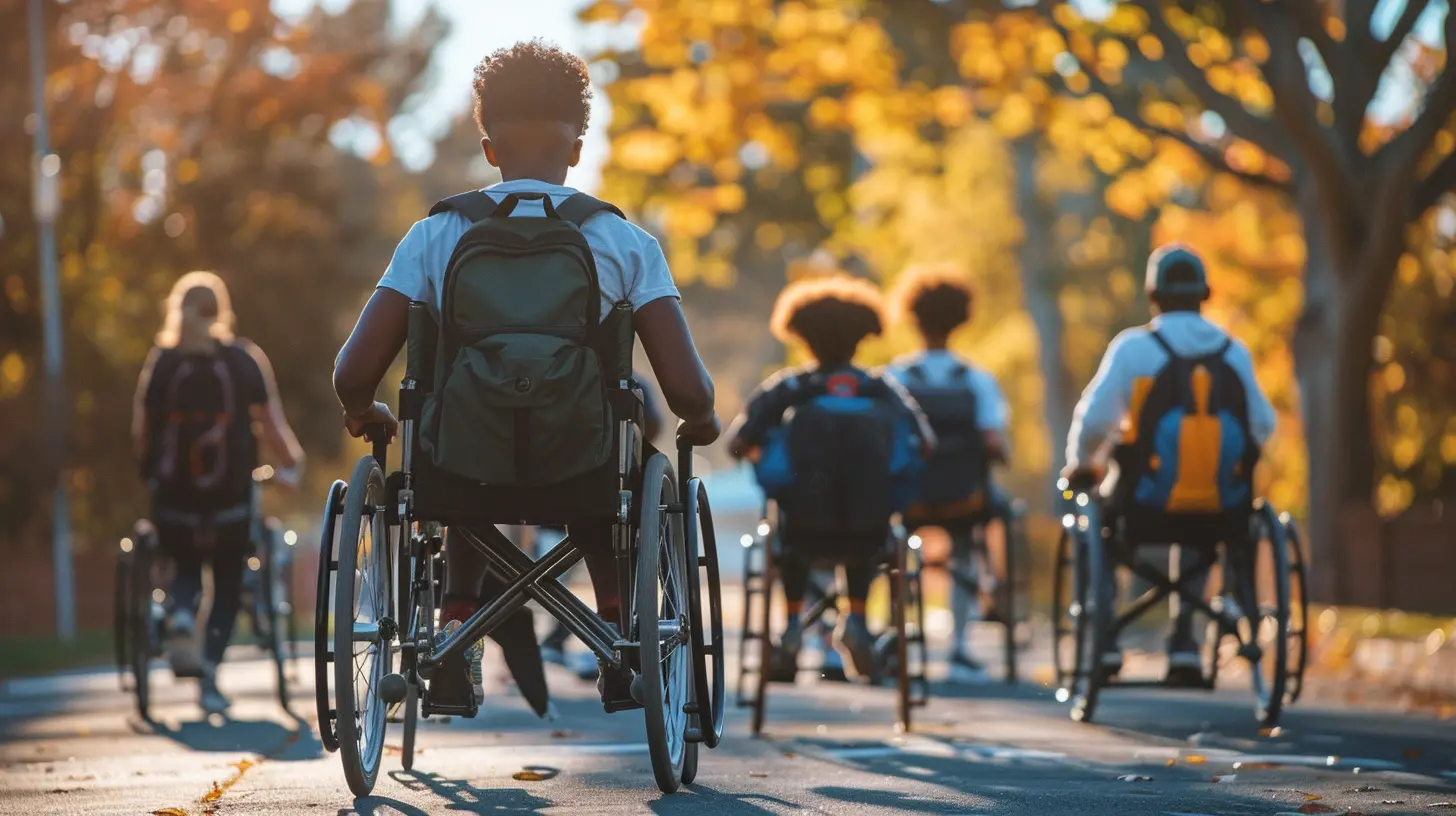Breaking Down Barriers: How High School Athletes are Promoting Inclusivity
15 August 2025
Sports have always been about more than just competition. They bring people together, build character, and teach lifelong lessons in teamwork and perseverance. But for high school athletes, there's an even greater mission at play—breaking down barriers and promoting inclusivity in sports.
From standing up for teammates to creating opportunities for underrepresented individuals, young athletes are proving that the game isn't just about winning—it's about making a difference.

Why Inclusivity in Sports Matters
Sports should be for everyone. But let's be real—not everyone has always been welcomed with open arms. Barriers like gender, race, disability, and socioeconomic status have kept many talented athletes from pursuing their passion.Inclusivity isn’t just a "feel-good" idea; it’s essential for personal growth, team unity, and better performance. When everyone has a fair shot, the entire sports community benefits. And guess what? High school athletes are leading this change in ways we’ve never seen before.

Young Athletes Taking a Stand
It's inspiring to see high school athletes using their voices to change the game—literally. Whether it's fighting for equal playing opportunities, advocating for adaptive sports programs, or raising awareness on social issues, these young leaders are proving that sports are for all.1. Advocating for Equal Opportunities
Some of the biggest strides in inclusivity have come from athletes pushing for equal opportunities for all genders. Girls' sports programs have gained incredible traction, thanks to athletes who refuse to accept inequality.We've seen young female athletes advocating for better facilities, equal funding, and the same recognition as their male counterparts. And it’s not just about gender—LGBTQ+ athletes are also making waves, pushing for safe and accepting spaces where they can compete without fear.
2. Embracing Adaptive Sports
Disability should never be a reason someone can’t play the sport they love. Thankfully, high school athletes are ensuring that adaptive sports get the attention they deserve.By supporting wheelchair basketball, adaptive track and field, and other inclusive sports, teams across the country are sending a strong message: disabilities don’t define an athlete’s ability. And many schools are integrating adaptive athletes into their existing teams, proving that teamwork has no limits.
3. Breaking Racial and Cultural Barriers
Sports transcend language and cultural differences. But let's be honest—racial and ethnic disparities still exist in athletics. High school athletes are stepping up, calling out discrimination, and celebrating diversity on and off the field.Some teams have taken proactive measures by incorporating cultural awareness programs, hosting open discussions, and embracing traditions from different backgrounds. The result? A more unified, understanding sports community.
4. Making Sports Accessible for All Financial Backgrounds
Let’s not ignore one major obstacle—money. Equipment, travel expenses, and participation fees can make it tough for some young athletes to compete, especially those from low-income families.But high school teams are changing that. Many are organizing fundraisers, donating equipment, and creating sponsorship programs to ensure that no one is benched simply because they can’t afford to play. That’s the true spirit of teamwork!

The Power of Teamwork in Creating Change
Inclusivity in sports isn’t just about individual efforts—it’s about teams standing together to support one another. When one athlete speaks out, it inspires others to do the same. And when an entire team embraces inclusivity, it influences coaches, schools, and even entire communities.Think about it—every great team thrives on trust and support. When players know they're valued, regardless of their background or identity, they perform better. A strong, inclusive team culture leads to success both on and off the field.

How Coaches and Schools Can Support Inclusivity
Athletes may be leading the charge, but they can’t do it alone. Coaches, schools, and sports organizations must actively encourage inclusivity by:- Fostering Safe Spaces – Making it clear that discrimination or exclusion won’t be tolerated.
- Providing Equal Resources – Ensuring that all athletes, regardless of gender or ability, have access to the same facilities and opportunities.
- Educating Players – Offering diversity and inclusion training to raise awareness and promote respect among teammates.
- Creating Inclusive Policies – Implementing rules that support LGBTQ+, disabled, and underprivileged athletes.
The Future of Inclusive High School Sports
The movement toward inclusivity in high school sports is just getting started. With each passing year, more athletes, coaches, and schools are making inclusivity a priority.Imagine a future where no athlete is ever judged by their gender, race, ability, or financial status—but solely by their heart, dedication, and talent. It’s not just a dream—it’s a reality that high school athletes are building every day.
So, whether you're an athlete, coach, or fan, now is the time to support this change. Cheer for every player, embrace diversity, and help create a sports culture where everyone belongs. Because at the end of the day, sports should unite us all—not divide us.
all images in this post were generated using AI tools
Category:
High School SportsAuthor:

Frankie Bailey
Discussion
rate this article
1 comments
Anabella Wood
Inspiring to see young athletes champion inclusivity! Together, they’re making sports a welcoming space for all!
September 7, 2025 at 12:58 PM

Frankie Bailey
Thank you! It's heartwarming to see young athletes lead the way in fostering inclusivity in sports. Their efforts truly make a difference!


